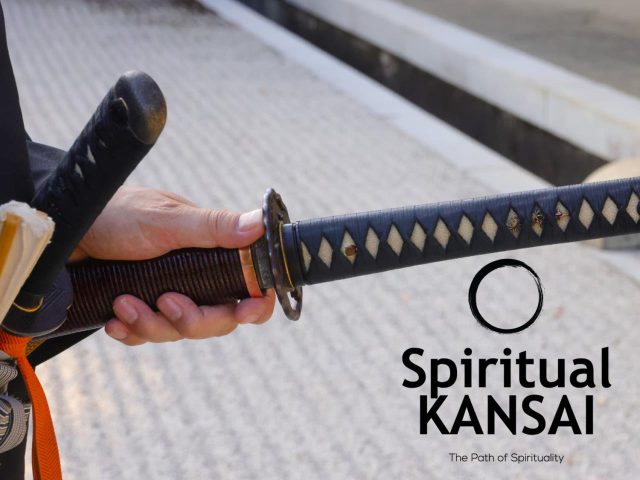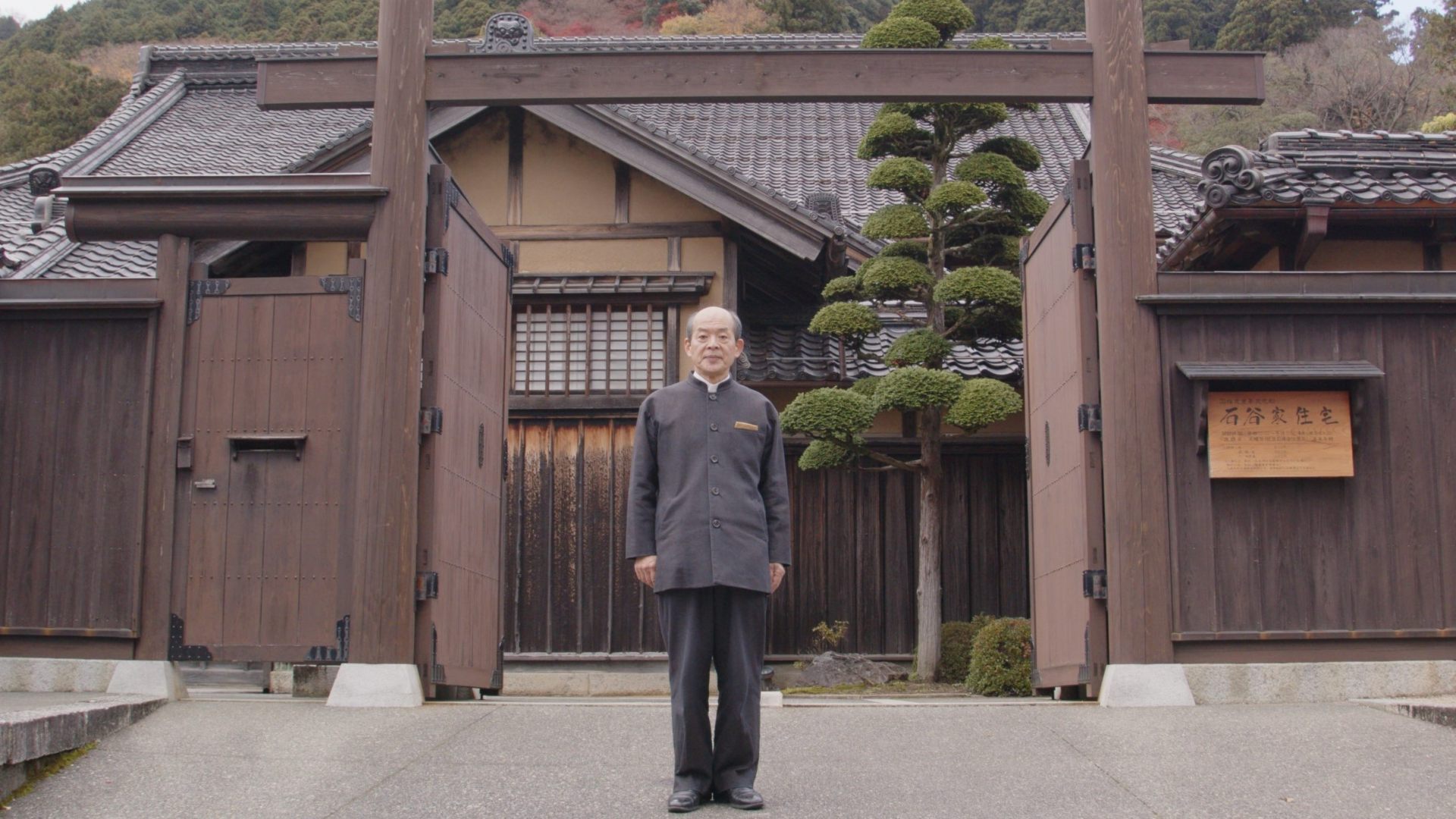
The Intersection of Art and its Setting, as Told by a Living National Treasure in an Estate Deemed an Important Cultural Asset
Last update
Nestled in the mountains of Tottori Prefecture, in the corner of an old post-station town sits Ishitani Residence, an Important Cultural Property that still carries the grandeur and glory of its heyday. The estate belonged to a wealthy family that was paramount to the development of the area, but is now celebrated as a masterpiece of historic architecture that features building elements from the Edo through the Showa era.
Inside this remarkable space awaits the master potter Akihiro Maeta, a Living National Treasure and esteemed craftsmen known for his ceramic artistry. As a lover of his town, people, porcelain sculpture and the region’s rich nature, Maeta will be your exclusive guide on this cultural foray through the historic halls that carry his works.
Enjoy this completely private chance to roam the residence and ask the artisan himself. See deep into his art methodology and explore the unique charms inside this all-inclusive destination.
The Walls Seem to all but Speak with the History of Ishitani Residence, Spanning the Years from the Edo to the Showa Era
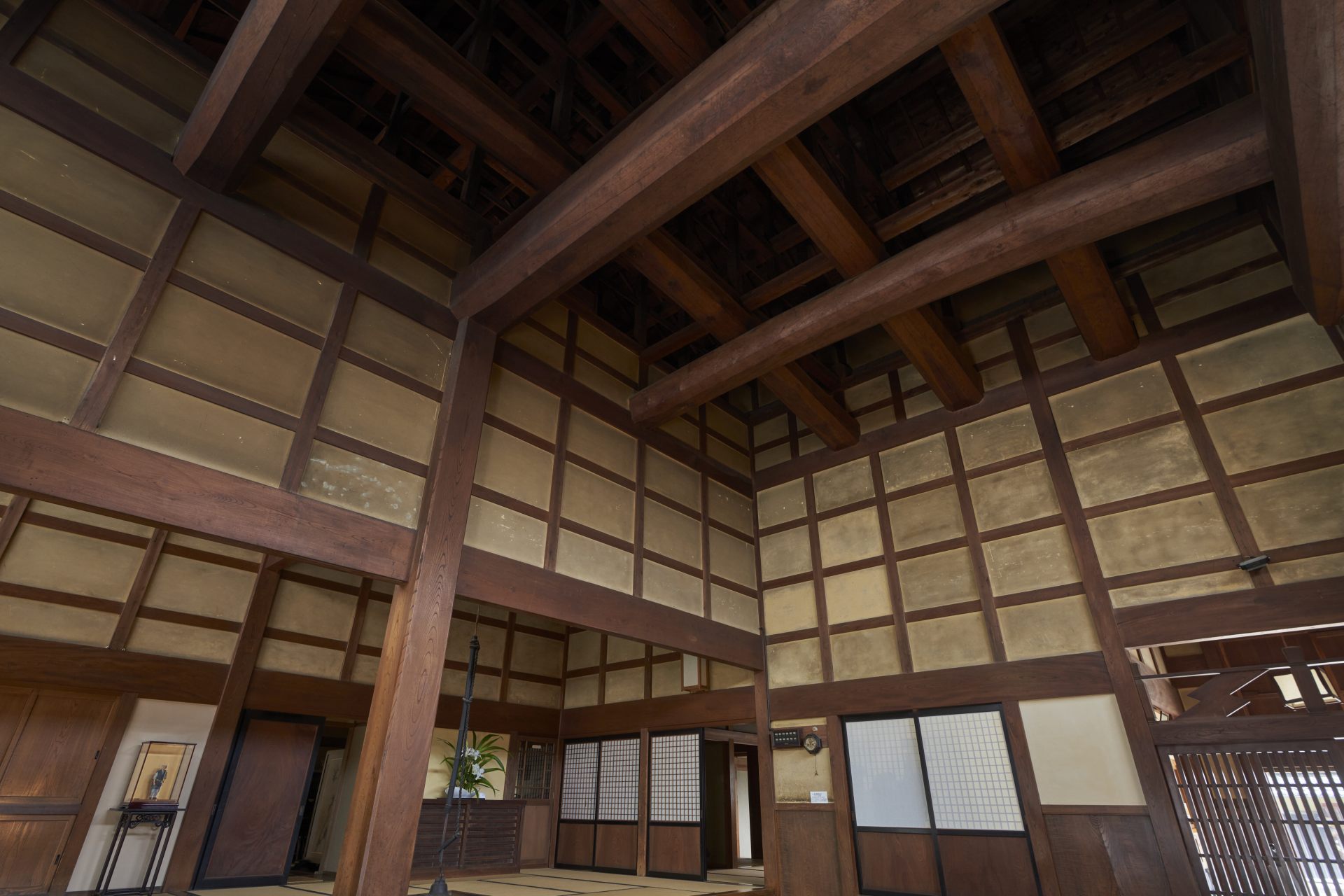
A dirt floor foyer and tall ceiling above set with oversized beams. Catch more glimpses of masterful, Japanese traditional architecture across the estate.
Tottori sits against the Japan Sea, in the northeast corner of the Chugoku region. While known for having the smallest population in all of Japan’s 47 prefectures, this exclusive destination boasts lush, sprawling landscapes and coveted nature scenes from old-world Japan. Chizu, a town in the southeast part of the prefecture, is no different. Inside the mountain-hugged borough you’ll find a quaint townscape that keeps the same look and feel of its heyday as a post-station town. The Ishitani Residence is one estate along the classic streets that holds a particular grandeur. It’s also the destination for this exclusive expedition into Japan’s rich culture.
The Ishitani Residence belongs to the Ishitani’s, a wealthy family who first moved from the Tottori Castle town to Chizu and prospered as landowners during the early “Genroku”, or urbanization era of the Edo period. After becoming town officials in the Meiji period, the estate became a mainstay in the town’s development. The estate then underwent a large scale construction over the 10 years after 1919, bringing the former home to its expansive, wooden architecture, present-day glory.
The entire estate now boasts an over 10,000-square meter spread across 40 rooms, seven storehouses, gardens and historic, architectural delights from between the late Edo and Showa periods that led to the designation of Important Cultural Property in Japan. The estate also boasts over 1,300 square meters of remarkably expansive gardens, which lay in wait for your exclusive expedition.
The Minimal Elegance of Clean, White of Porcelain
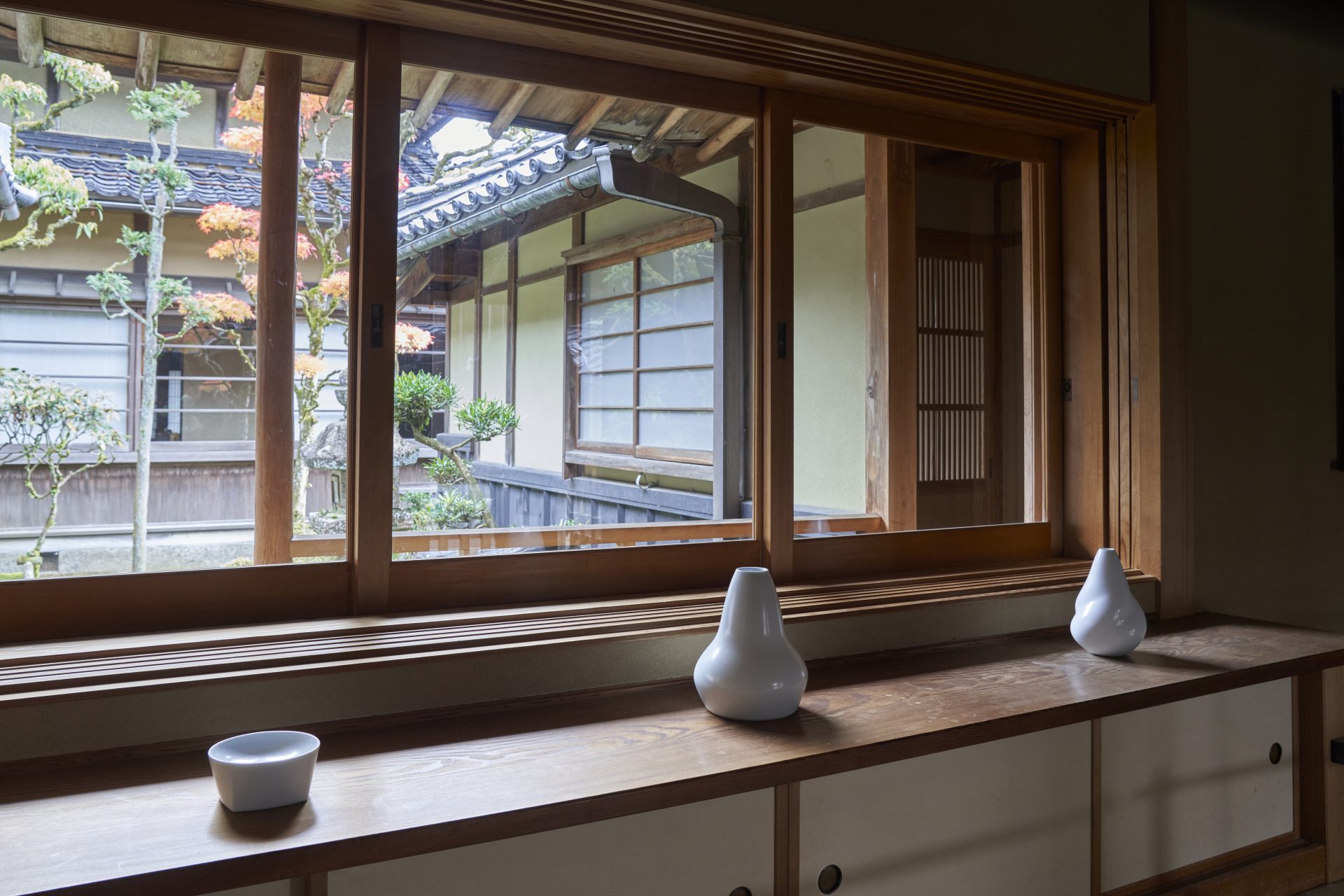
Purposefully crafted without added color or paintings, each piece is accentuated by the natural beauty of its shape and silhouette.
This exclusive expedition offers all the wonders of the estate in a fully and privately chartered time of luxury. Take a foray into one of Japan’s ceramic traditions and experience the deep world and artistry of white porcelain.
The process behind each piece begins with clay as a base ingredient, which is then formed, glazed and baked to finish. Even still the finished porcelain is starkly different from other ceramics. Most ceramics begin with a naturally colored base clay, which lends a characteristic thickness or color to the final product. Porcelain, however is often made with a whiter clay with lower ion content, or with a clay fashioned with a sediment used for glass. It is not unusual to see “touseki”, a specific variety of white potter’s stone ground into a powder for the base clay. The specific clay used will offer a characteristic hardness or white color. Arita and Imari porcelains are two such porcelain varieties known for this.
An important characteristic of porcelain is its hardness. Unlike standard ceramics, each porcelain piece is baked at a higher temperature that allows a part of the base clay to harden and become glass. This points to the reasoning why the craft is also called “stonework” in Japanese. In contrast to the hard quality, porcelain is usually crafted at a relatively thin weight, lending the clear/almost transparent quality of the surface. Allowing this elegant minimalism to take center stage under light, without adding color or embellishments is an especially coveted level of artistry that can only be expressed with porcelain. As you pass through the halls of the Ishitani Residence, this penchant for light and setting is an especially noticeable method used to express each piece’s innate beauty.
Akihiro Maeta, the first Living National Treasure from Tottori Prefecture known for White Porcelain
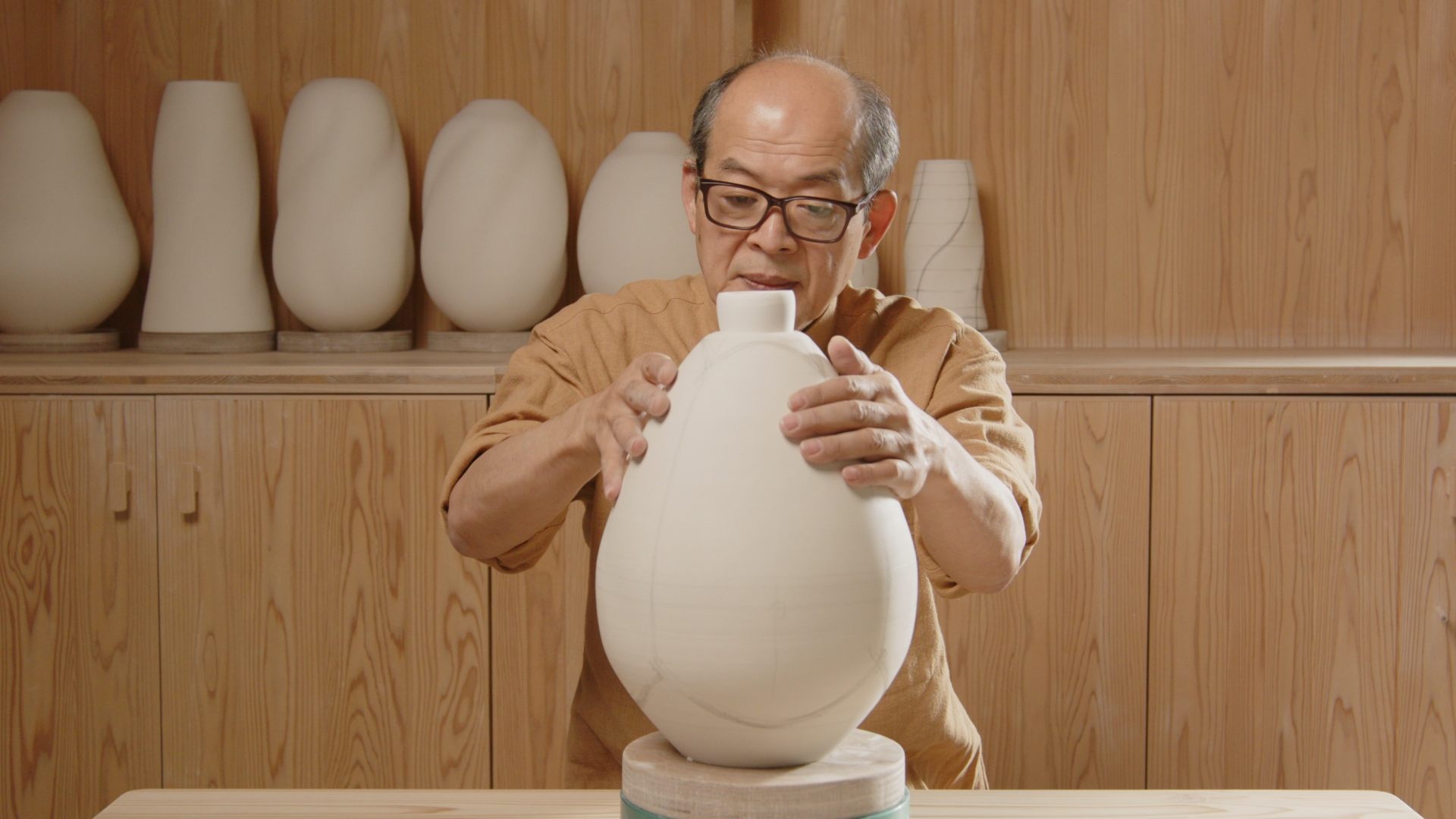
Daily dedication to the craft at the master potter’s studio, seated in his Tottori mountain homeland.
The Ishitani Residence is dotted with a number of white porcelain pieces across the estate. Each one is handmade by your host in this expedition, master potter Akihiro Maeta. He is known for his unmatched skill and artistry, garnering worldwide acclaim for his white porcelain pieces.
Maeta is a local who hails from Tottori Prefecture. He returned to the region to fine tune his personal style after studying ceramic art at Osaka University of Arts. Maeta was selected in the Japan Ceramic Art Exhibition, Japan in 1979, and continues to receive new accolades while creating pieces each year. In 2013, Maeta was recognized as possessing a National Important Intangible Cultural Property (white porcelain) and has such been deemed a National Living Treasure, the first of which to live in Tottori.
Maeta has dedicated 40 years to the craft of white porcelain, a ceramic art that held neither historic nor cultural roots in the area previously. He describes his works today as “celebrating the simultaneous chill and warmth of porcelain, just like the snow that falls across the lands of Tottori”.
These words echo in the minds of guests who come and see the finished product of his works exhibited here, a glimmering nod to the pure artistry of a craft truly born of the Tottori.
A Captivated Moment with Master Potter Maeta, Exploring the Full Range of White Porcelain Pieces and their Settings
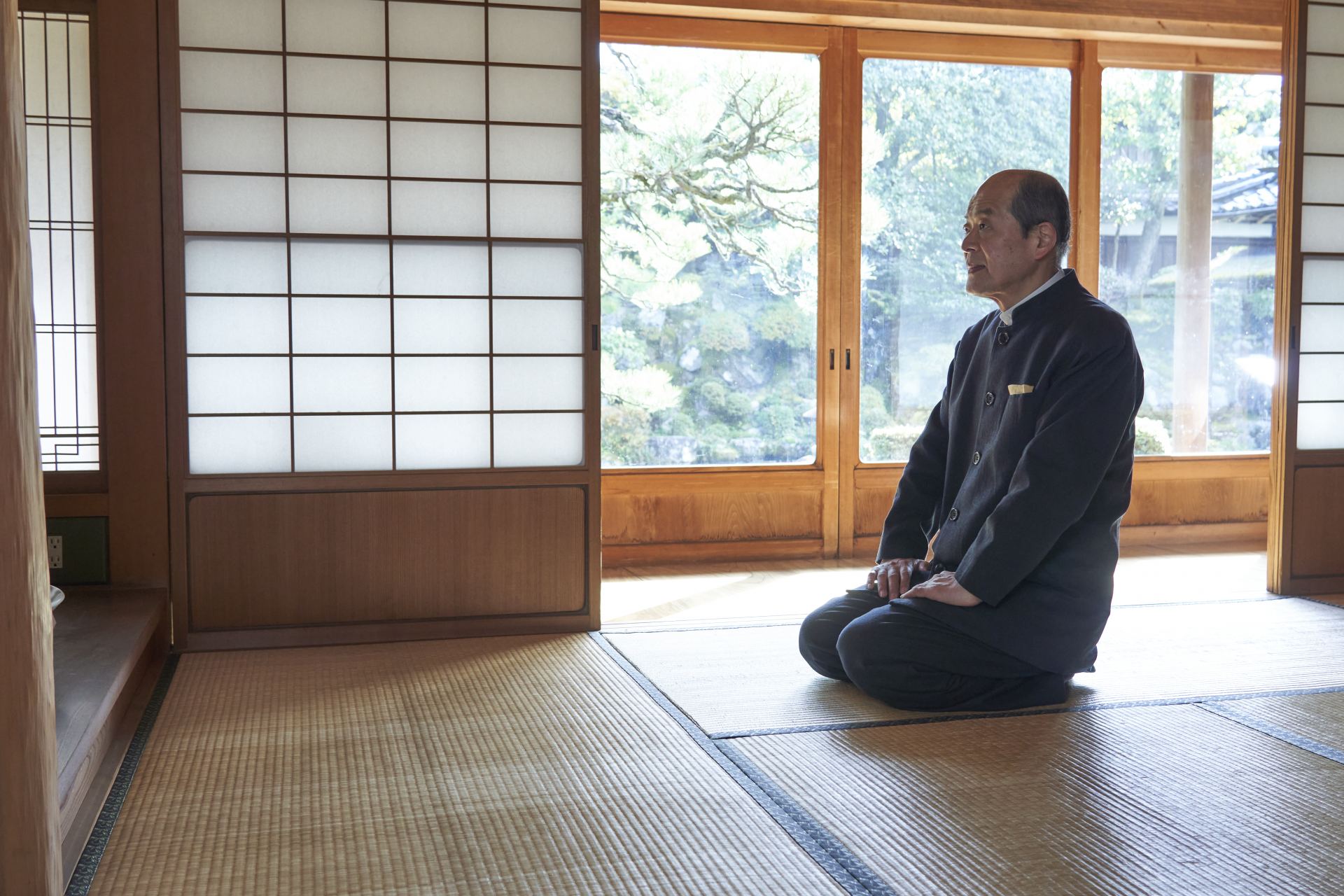
Delight yourself in a time of truly luxury, viewing the fine, porcelain artwork while listening to its maker share his passionate approach to art and its setting.
After exploring the famous halls of the estate and the breathtaking porcelain exhibits inside, it’s time for a close-up look at the works and the master potter. This rare one-on-one interview with a Living Treasure will give you a chance to ask about his approach to his craft and the art of porcelain.
Maeta’s private ceramics studio is located just a 30 minutes car ride into the mountains, providing him an intimate space to hold special events and exhibitions.
“Those who know me know that I am a huge fan of the Ishitani Residence”, Maeta chuckled. “When I’m here, I feel a deep sense of calm and peace in my soul. That’s why I don’t want to push my art on the space and treat it like a mere backdrop. I think my pieces are beautiful because they blend seamlessly into their settings across the estate”.
With a gentle smile, his story begins to unfold while discussing each piece and their setting. The story of his works and fascinating expertise are sure to draw you in.
A number of porcelain works stand arranged across the floor. “No artificial light. The pieces are at their best when natural light pours on them through the windows and shoji screens” Maeta explains. As he pointed out, the natural light that shines across each piece creates a natural glimmer, shadow and silhouette that plays across the room. This particular express can only be witness by you at that time and space.
The thought continues to reverberate in your mind while diving into the inescapable beauty and elegance of each piece.
Preview the experience online
Check also...

Consider your accommodation in the Kansai area!

Restrictions on Large Baggage

Hidden Stories in Stone: Exploring Japan’s Castle Walls

Tottori: A Journey to Unwind in the Majesty of Nature at San’in Kaigan Geopark
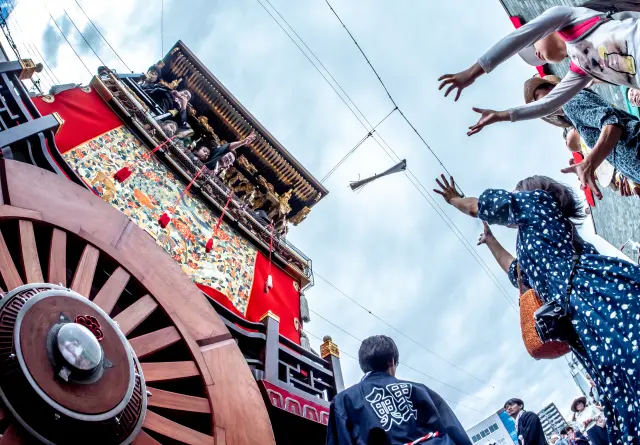
10 Traditional Performing Arts and Events in Kansai
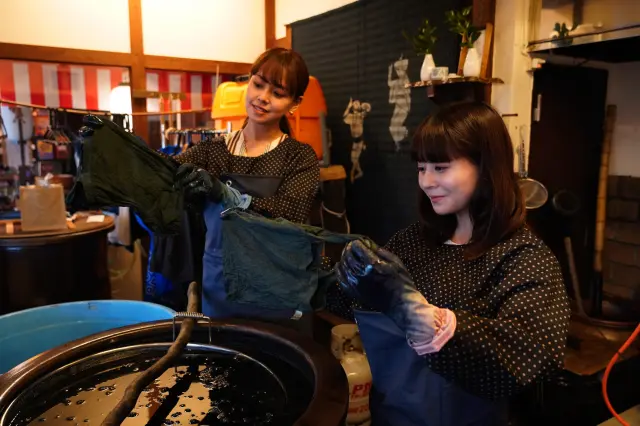
Top 10 Spots to Try Kansai's Traditional Crafts

2-day/1-night Tour Embracing the Power of Nature with Views of the Sea and Sand Dunes, and Exploring Towns Enriched by the Blessings of Hot Springs(Tottori-Hyogo)
